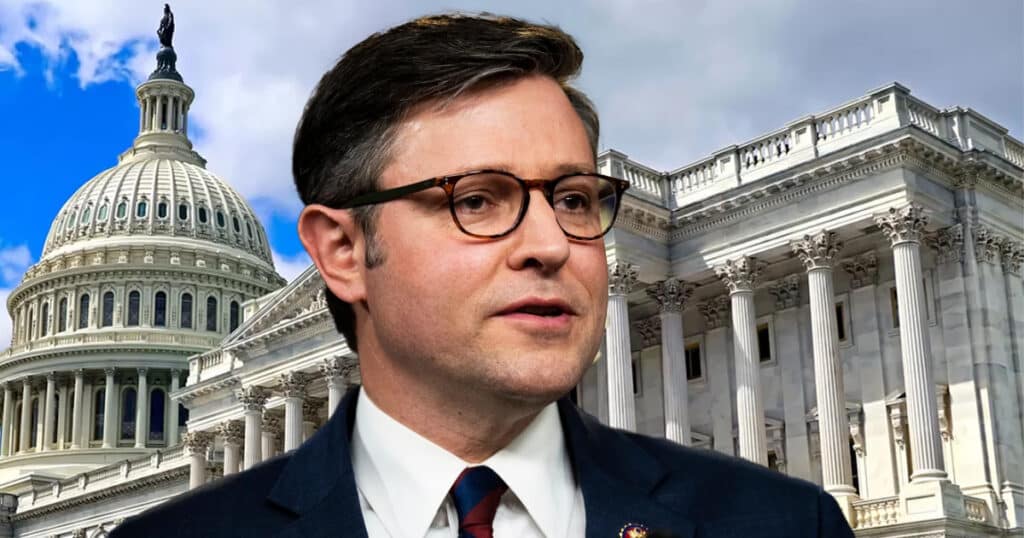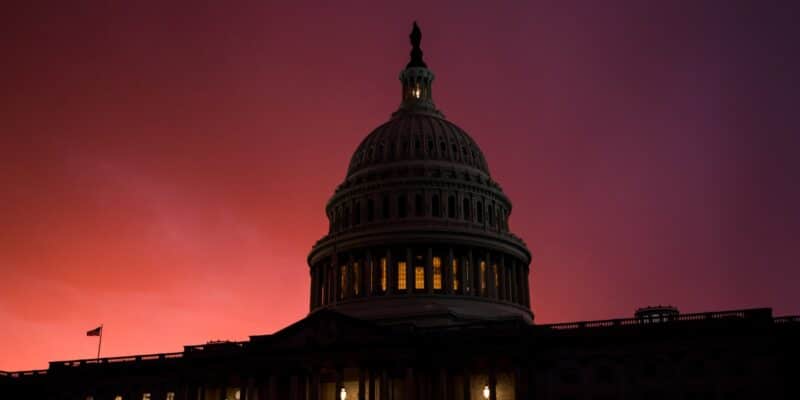
Home Prices: From American Dream to American Nightmare
Home ownership was supposed to be the American dream, the thing to which the entire middle class could not only aspire but also achieve. That dream has turned into a nightmare, thanks in large part to the Biden administration and the big spenders in Congress. Now home ownership is increasingly out of reach for Americans.
The Federal Reserve Bank of Atlanta began maintaining a Home Ownership Affordability Monitor Index in 2006 because homes were so unaffordable at that time. The latest reading from that index, which has plunged 36% since President Joe Biden took office, is the lowest in its history and indicates record unaffordability. It now takes 44% of median income—before taxes—to afford a median-price home.
It’s even worse in several major metropolitan areas across the country. The cost of a median-price home is 50% of median income in Boston, 55% in Miami, 63% in New York, 84% in San Francisco, and 85% in Los Angeles. But these are percentages of before-tax income, which means the cost of home ownership in some of those places exceeds 100% of net income. “No joke,” as Biden would say.
And it’s not just a problem in a few major cities—it’s everywhere. A recent report estimated the affordability of the median-price home for the average American in 572 counties. Going through the data in the report reveals that homes in 99% of the country are below the affordability threshold, meaning that they cost more than 28% of a family’s income.
What’s even scarier is that measurements like the one from the Atlanta Fed are underestimating the problem. Its index assumes a buyer has a 10% down payment, but most people can only comfortably afford a 3% down payment. If the median prospective buyer wipes out all his savings, he still only has enough for an 8% down payment.
Putting less down means a larger loan, which means larger monthly payments, which means lower affordability. Additionally, interest rates have continued to rise and are now over 7.6%, compared with the 6.8% used in the Atlanta Fed’s calculations. Home prices have also risen, and both factors further increase the monthly payment on a mortgage.
How we got here is a lesson in excessive government spending.
During the pandemic, the government spent trillions of dollars it didn’t have and created money out of nothing to pay for it all. In 2021, instead of allowing government spending to return to normal levels, Biden and a spendthrift Congress rammed through trillions of dollars in additional spending while the Federal Reserve continued creating money to finance the deficit spending.
The predictable result was 40-year-high inflation. That sent prices, including the prices of homes, through the roof. Artificially low interest rates compounded the problem by allowing people to take on ever-growing mortgages without increasing their monthly payments. Home prices rose even higher.
But inflation caused people’s real (inflation-adjusted) earnings to fall and forced interest rates to rise. This was a deadly combination for home-ownership affordability.
Lower real earnings mean everyone is spending more on food, transportation, energy, etc., with less available in their monthly budget for housing. At the same time, home prices have been pushed to record highs and mortgage rates are at the highest level in 23 years. At the same moment as people have less money to pay for housing, the price of housing has shattered all previous records.
To be clear, the foundation for this problem was laid long before Biden became president. The Fed’s persistently artificially low interest rates have been causing asset bubbles for two decades, and its purchase of housing-related financial derivatives has further buoyed housing prices.
In the years immediately preceding the pandemic, the Fed had begun a tighter monetary policy, which helped blunt the inflationary impact of government spending in 2020. But Biden’s continued overspending, excessive borrowing, and oppressive regulating—along with creating money to pay for it all—gave the problem a violent shove into overdrive.
For example, impractical corporate-average-fuel-economy and heavy-haul-emissions standards—along with higher fees on coal power plants and leases for oil and gas wells on public lands—have all increased energy and transportation costs, which have trickled down throughout the economy, raising prices everywhere.
Had Biden not imposed these regulations and merely allowed spending to return to previous levels, the problem, and $2 trillion annual deficits, could’ve been avoided. But now we’re trapped in a nightmare it’ll be hard to wake up from.



